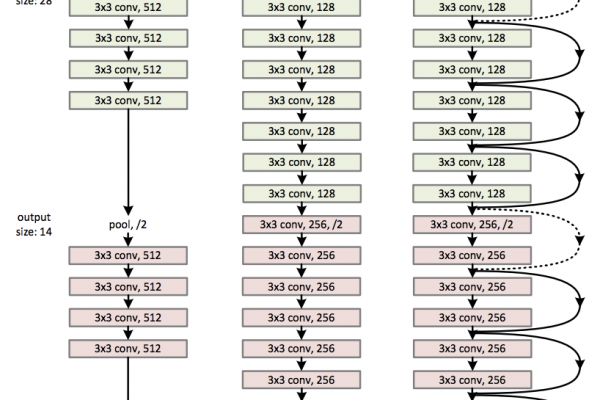Convolutional Neural Network Model Innovations for Image Classification

Last Updated on July 5, 2019
A Gentle Introduction to the Innovations in LeNet, AlexNet, VGG, Inception, and ResNet Convolutional Neural Networks.
Convolutional neural networks are comprised of two very simple elements, namely convolutional layers and pooling layers.
Although simple, there are near-infinite ways to arrange these layers for a given computer vision problem.
Fortunately, there are both common patterns for configuring these layers and architectural innovations that you can use in order to develop very deep convolutional neural networks. Studying these architectural design decisions developed for state-of-the-art image classification tasks can provide both a rationale and intuition for how to use these designs when designing your own deep convolutional neural network models.
In this tutorial, you will discover the key architecture milestones for the use of convolutional neural networks for challenging image classification problems.
After completing this tutorial, you will know:
- How to pattern the number of filters and filter sizes when implementing convolutional neural networks.
- How to arrange convolutional and pooling layers in a uniform pattern to develop well-performing models.
- How to use the inception module and residual module to develop much deeper convolutional networks.
Kick-start your project with my new book Deep
To finish reading, please visit source site